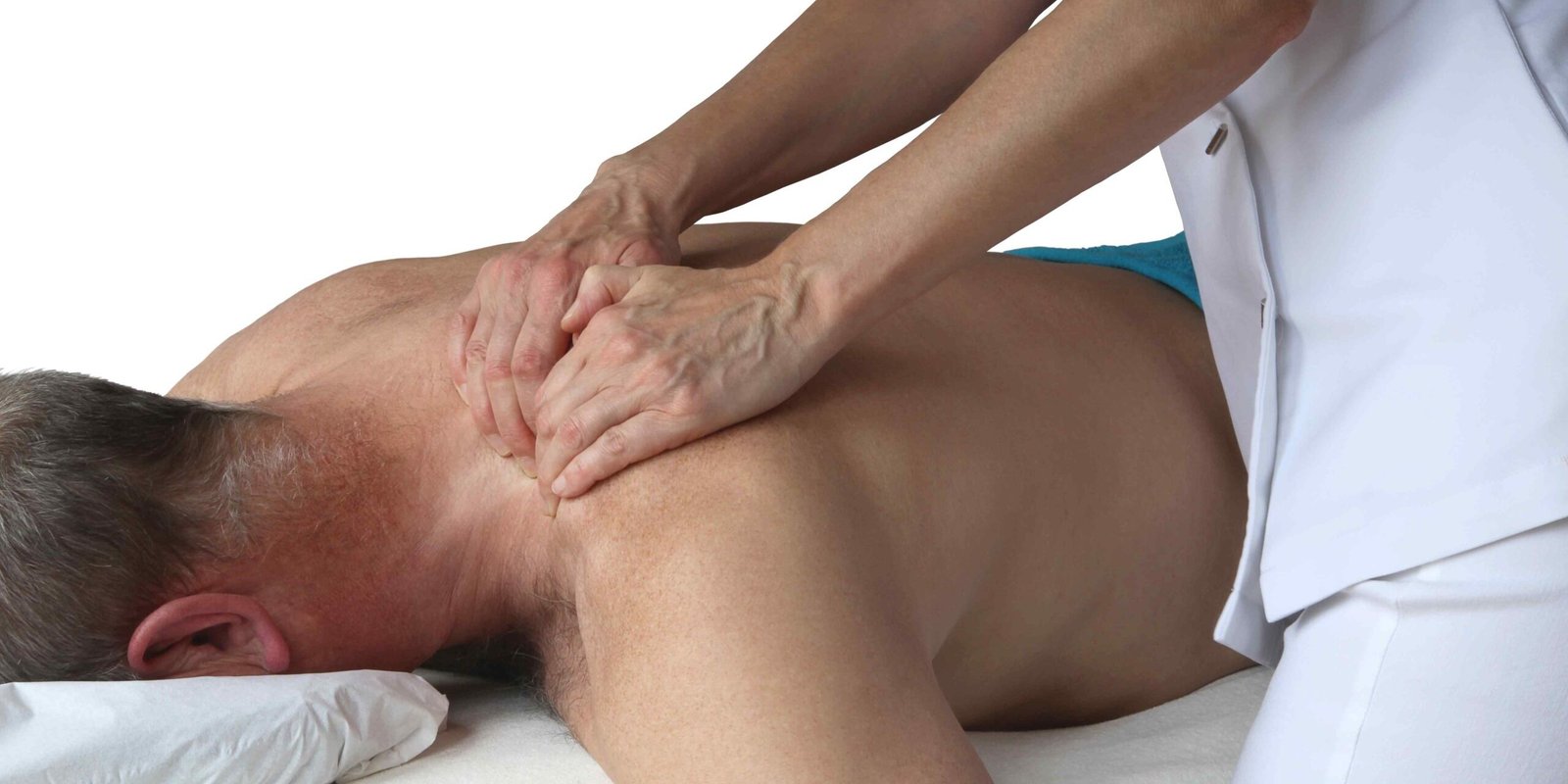Lived with PTSD is a lot like having an invisible weight holding your shoulders down. On the outside, sometimes not even visible, but in your head, the disorder seems limitless. I did not understand for years how to work with it. Traditional therapy helped, but I still needed something else. That’s when I discovered about how massage therapy can make a significant impact in minimizing PTSD symptoms.
If you have ever gone through PTSD, then you know that it’s not just a matter of mental tension. It’s a whole-body issue, too. Tensions, aches, and pains form in response to tension in your mind. In this article, I’d like to share my personal experience and expose in detail how a massage can become a healing key, both physically and mentally. Trust me, it can make a significant difference.
What is PTSD?
Post-Traumatic Stress Disorder, PTSD, happens when a person experiences a trauma and cannot escape its aftermath afterwards. It can follow a war, an accident, abuse, or any life-threatening attack. The trauma carries over and overflows into ordinary life, and one cannot become safe, relaxed, and present.
I’d struggled with PTSD for years, assuming I couldn’t break free. I’d been in therapy, but the bodily symptoms—tension in my muscles, headaches, and insomnia—just hung in there. It was a circle with no seeming escape. That’s when a buddy I’m friendly with mentioned massage therapy to me. I was skeptical, of course. How could a massage possibly have an impact on a problem so deep, I’d considered?
The Power of Touch: A Personal Revelation
I remember my first massage therapy session. I had no idea what to expect. I sat in the room, nervous and apprehensive. I told my PTSD problem—how I could not ever calm down, and my body hurt and locked with tension. I was heard out patiently with sympathy by my massage therapist, and then she began working with me. What I then experienced, I hadn’t experienced in years: I relaxed.
The simple act of being touched with deep pressure and calm techniques helped to ground me. Tension-filled, guarded muscles relaxed and began to release tension. Not only my body, but my mind, too, became lighter. With each session, I began to comprehend and value the profound impact massage therapy could have for PTSD. It wasn’t about relaxing, but about reconditioning my body’s response to tension.
How Does Massage Help with PTSD?
So, naturally, your question is, how, in reality, can massage actually work to alleviate PTSD symptoms? Well, it’s a simple case of mind and body, actually. PTSD creates a state of constant tension, a state of “fight or flee” that keeps one in a hyper-arousal state of being. Massage therapy counteracts that reaction with stimulation of the parasympathetic nervous system, that portion of our nervous system responsible for rest and restoration.
Here are a few examples of how massage can alleviate PTSD symptoms:
- Relaxation of Muscle Tension and Stress
If you have PTSD, your muscles will most likely become tight at all times. It is a reaction your body naturally wants to have when it feels stressed, but one that can become a misery circle. As your muscles tighten, your tension level will build, and when your tension level is high, your muscles will become even tighter. Massage can stop this circle, relaxing tight muscles and getting blood moving through them again.
I was surprised at first at all the tension I stored in my shoulder, upper back, and neck when I first started getting massages. As my tension in my body began to break down, I noticed I relaxed and became easier to be with in my life daily.
- Invites Relaxation
Massage therapy can actually lower cortisol (the stress hormone) and raise serotonin and dopamine (the happiness chemicals). Changing brain chemicals in such a way can induce a relaxed state, which many with PTSD have a problem accessing.
- Enhances Sleep Quality
Patients with PTSD have sleep difficulty, both sleeping and waking at midnight. Massage therapy can enhance sleep through its capacity to quieten down the nervous system and relax tension in the muscles.
- Depresses Depression and Anxiety
Depression and anxiety are inescapably intertwined with PTSD. Chronic and ongoing stress erodes both one’s mental and physical state, and a feedback loop of damaging feelings is produced. Massage therapy can shatter such a loop through its function in minimizing cortisol and causing one to discharge endorphins, naturally occurring chemicals that boost one’s mood and alleviate pain.
- Increases Body Awareness
Post-traumatic stress disorder can result in a disconnection with one’s body. Numbing, disconnection, and a “frozen” state in one’s body can develop in a few persons following trauma. Body awareness and integration can be helped through massage therapy.
- Gives Emotional Catharsis
Trauma is locked in the body. Emotional pain tends to become stored in our muscles, and a massage releases them. In fact, many even cry and have releases during a massage session. As uncomfortable at times as it can sometimes become, it’s actually healthy and a part of healing naturally.
- Helps in Healing of Nervous System
Massage not only treats muscles but can quiet down the nervous system, too. Nervous system trauma keeps one in a hyperarousal state. Massage can reprogram one’s nervous system, and it can move out of a state of constant tension and into a state of restoration and peace.
Finding the Right Type of Massage
Not all massages are similar. In PTSD, not everyone will respond to all types of massage. There are a few worth consideration, however:
- Swedish Massage: It is its most prevalent form and seeks to calm down. Long, gentle strokes stimulate circulation and ease tension in muscles.
- Deep Tissue Massage: It works with deeper tissue and with muscle tissue. It is best for long-term tension in your muscles but can sometimes be powerful, and therefore it is best to let your comfort level with your practitioner be known.
- Craniosacral Therapy: a soft tissue therapy that addresses the central nervous system and can liberate trapped emotion in the body.
- Lymphatic Drainage Massage: Lymphatic massage helps in improving circulation of lymphatic fluid, and it can remove swelling and detoxify your body.
It can even soothe down your nervous system.
A Journey to Healing
Massage therapy isn’t a one-stop shop, but for me, it was a key part of my healing. If you’re living with PTSD and don’t believe your care is whole, I urge you to seek out massage therapy. It’s not about getting your body relaxed—though that can be a lovely aspect of it—but about reconnecting with your body, unloading painful emotion, and creating a safe haven for healing.
Keep in mind that healing doesn’t occur overnight, and no overnight remedy will work for it. Nevertheless, with continued massage therapy and a general wellness model for mental wellness, you can begin taking your life back. In case you’re prepared to make a change and become educated about healing PTSD with massage, make that first move. You could be surprised at healing through touch.
If you have ever gotten massage therapy for PTSD, I’d value your feedback regarding your experience. What have you noticed in terms of positive effects? Please post your feedback in the section below.









